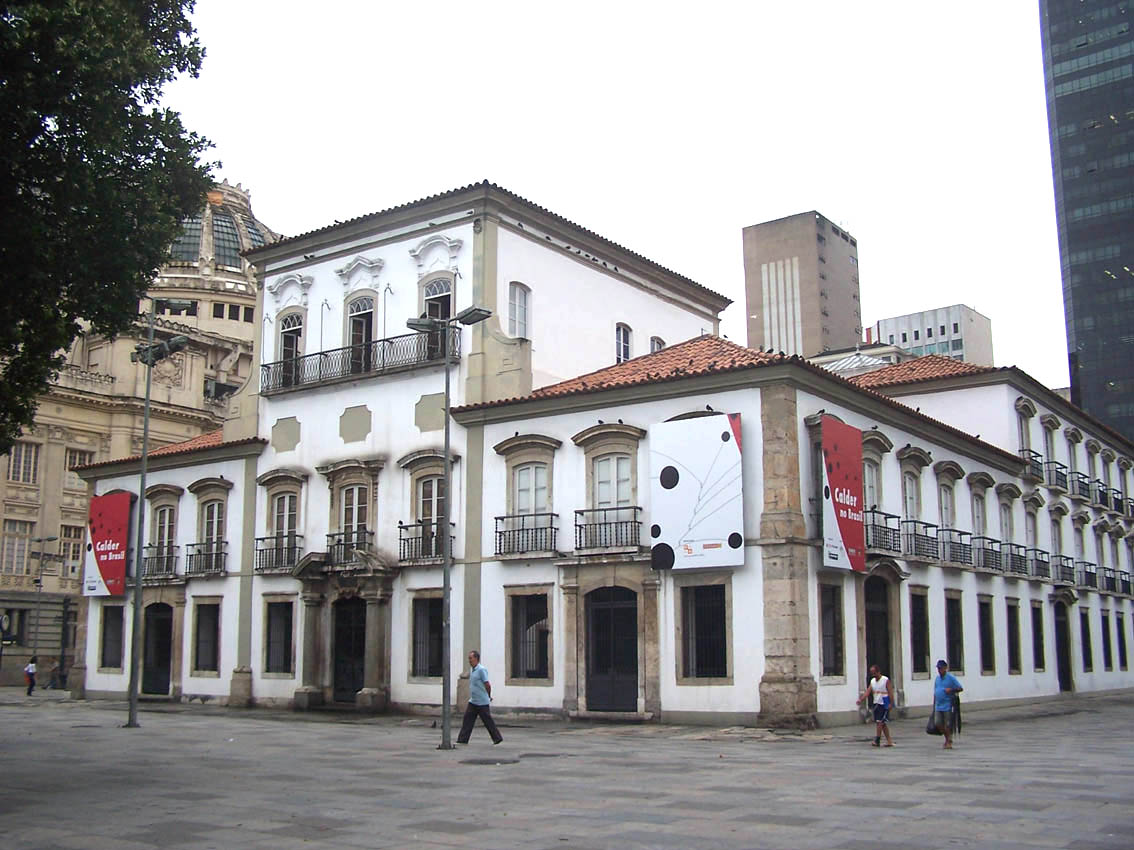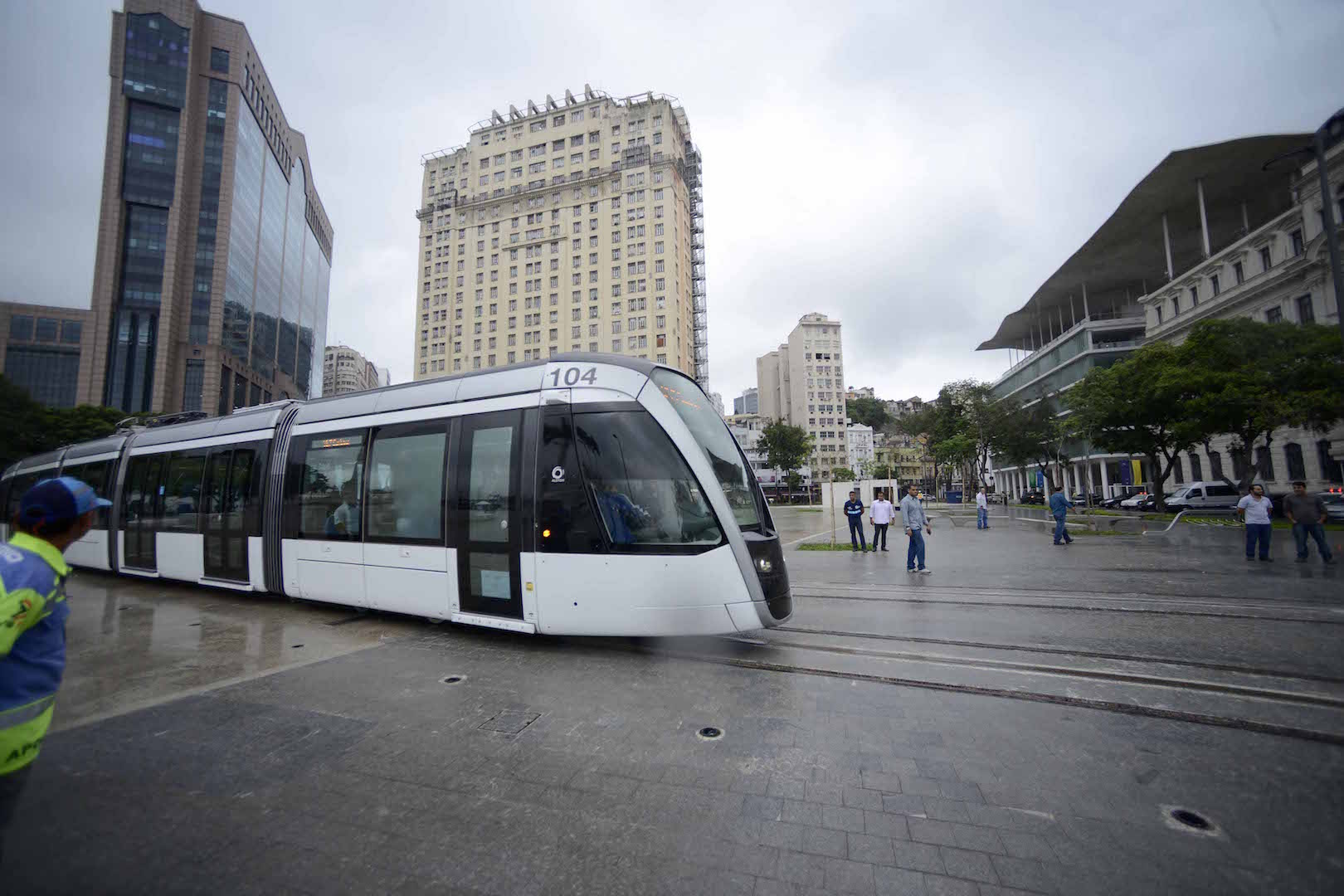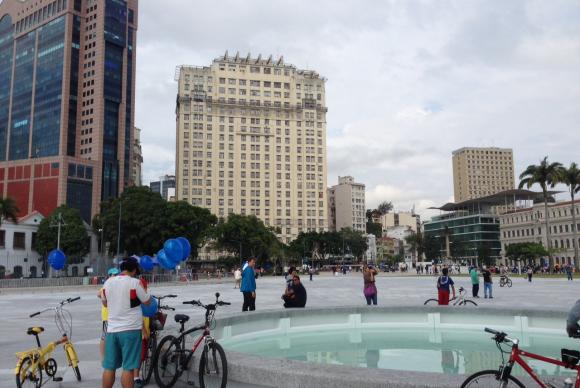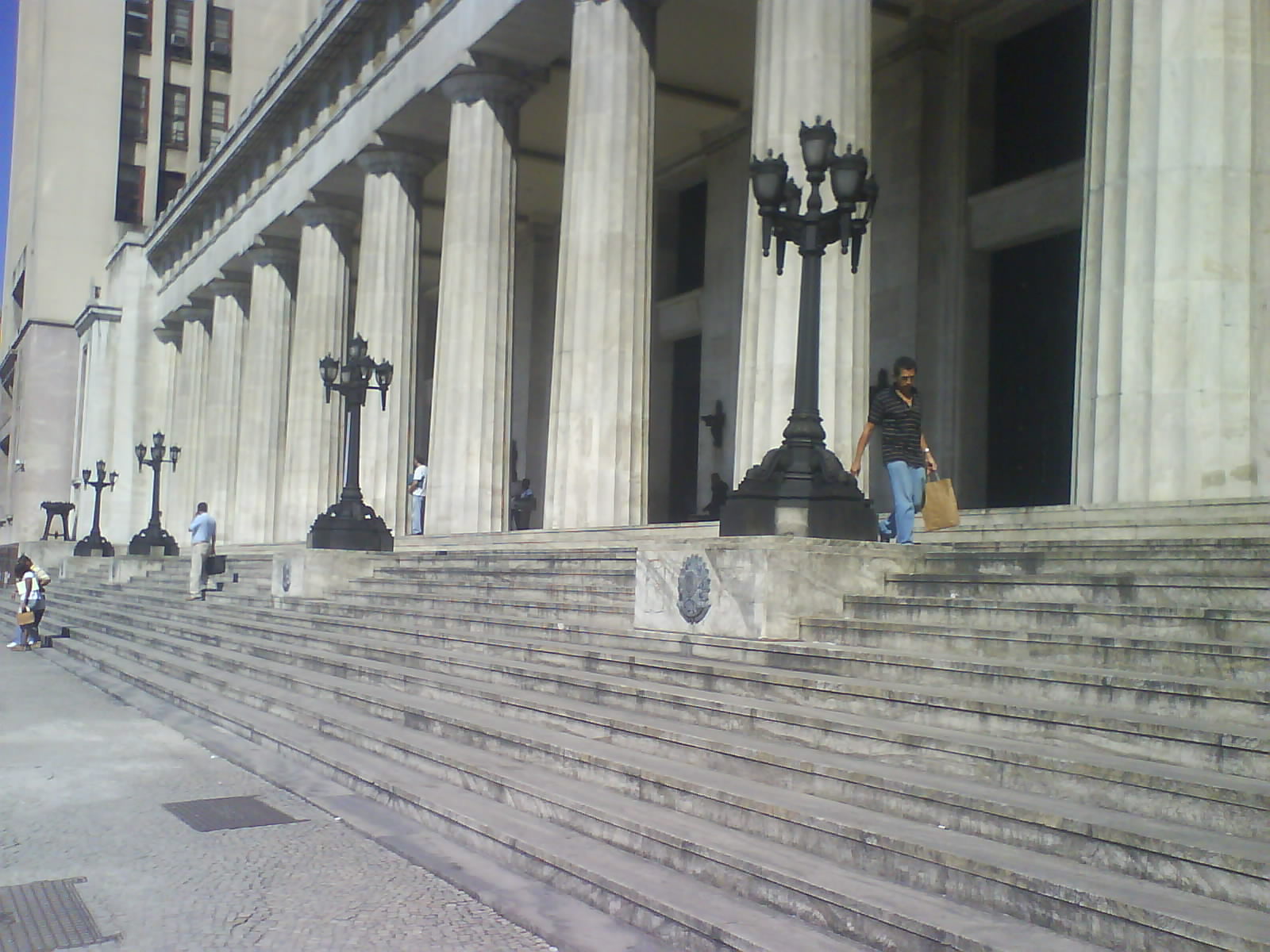RIO DE JANEIRO, BRAZIL – The City Council of Rio de Janeiro voted 34 votes to 12 on June 1st to approve the ‘Reviver Centro’ project, one of the main projects of Mayor Eduardo Paes.
The project seeks to increase the number of residential apartments in the center of the city and provides a series of benefits and incentives in order to bring this about. Due to criticisms from some politicians and urban planners, there are likely to be some changes made to the project in the future.

A hundred years ago the central region of Rio de Janeiro was a heavily populated area of the city, with both the poor and richer residents desiring to live in close proximity to all the major commerce, entertainment, and political nodes.
With the advent of the car and the opening up of the Zona Sul (Copacabana, Ipanema, Leblon), Rio’s center underwent a slow but obvious decline. Currently, it is seen by many as a purely commercial zone, with few people actually living in the area around Rio Branco and President Vargas Avenues. As a result, the region is often deserted and dangerous at night or on weekends.

With the Covid-19 pandemic, many businesses have closed, thus putting in jeopardy the remaining function of the area. As online shopping and remote work seem set to continue, it appears unlikely that the region will bounce back post-Covid.
For this reason, the project seeks to convert the center into a more desirable residential area, taking advantage of the many attractions in the area, as well as the proximity of many transport hubs.
The base of the project is inducements and exemptions that will allow developers to convert commercially zoned buildings into residential or mixed-use ones. IPTU tax exemptions, waiving of the minimum requirement of 28m² housing floor space, as well as that of parking garages, are among the incentives that will be given.

Few deny that the center of Rio de Janeiro could do with investment and improvement. However, some have been critical of aspects of this plan, seeing the incentives as too generous to landowners.
Some say not enough provision has been made for the preservation of historical features. Others point out the risk of gentrification which has pushed poorer residents out of many “revitalized” neighborhoods in the USA and Europe.

There are social housing conditions for the projects, but these can be acquired by families with up to six minimum salaries of income, which is far beyond the earning power of many people who reside in the central region.
More importantly, rents in already existing residential buildings are likely to increase as a result of revitalization, benefitting landlords but most likely pricing out long-time tenants.
In total there are over 500 unoccupied buildings in the center, and about the same in a “terrible” or “ruinous” state of conservation.
Hopefully, this waste of city resources and space can be resolved by this project, while not unduly harming poorer residents and benefitting wealthy landowners.

